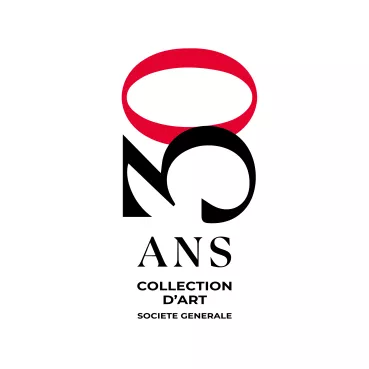
Françoise Pétrovitch meets LAAC and du Frac Collections
A small path of teak slabs runs through the bright green spring grass, linking living space to workspace. Françoise Pétrovitch built her studio in the garden of her millstone house just outside Paris, in the garage space. It's a large, all-white building in the shape of a rhomboid, with a very high ceiling, and beautiful bay windows that fill the entire space with light. The drawings she's currently finishing hang on the walls. More drawings and sketchbooks on a table provide a glimpse into her daily research. There's a mezzanine, accessed by a climbing small metal spiral staircase, which has a warm corner full of large cushions designed for encounters and conversations. There, the artist speaks with us about her work and her current exhibition.
The LAAC Contemporary Art Museum invited her to dig into its reserves, along with those of the FRAC Regional Contemporary Art museum in Nord-Pas de Calais, to make a selection and hang works, including her own, that might suggest previously unnoticed connections. She's had carte blanche to use and combine the collections of the two institutions. "What interested me straightaway was being able to exhibit alongside the painters I had heard so much about when I was a student, and being allowed to insert my work there," she says.
She has five large rooms at her disposition, like a honeycomb, where she laid out a path where viewers have an experience similar to that of opening doors. At each one, they find themselves faced with a different subject. "I created a very formal exhibition, with relationships that are ultimately fairly atypical, and with a strong priority given to two-dimensional images." One room is dedicated to drawing, where Pétrovitch had a large table built. On it are drawings of all sizes and media, from drafts, small sketches, and sketchbook drawings to fully developed and detailed works.
In another room, she combines a grey Richter painting, a Berlinde de Bruyckere sculpture covered in wool, and three paintings by Gérard Schlosser, along with six of her own small drawings in the "Nocturne" series, where the subjects look down or hide their faces. There are no direct gazes. The general feeling is that of a matte, muted impression, one that is strongly focused inward, creating an intimate environment.
In the next room there is a shift. Faces and headless bodies are placed across from each other: works by Christian Boltanski and by Jean Le Gac, and her own paintings, with playful titles like verdure ("greenery") or paysage à l’estomac ("stomach landscape"). These show the clothing of teenagers whose heads are cut off by the top of the canvas. "The space is majestic, so in the exhibition, I wanted to hang paintings, because my current work takes on a stronger meaning with this orientation," said Pétrovitch.
The idea of fragments, of appearing and disappearing, of presence and absence, and ghosts are recurring themes that come out in the selection. "At the end, I built a box inside the box to project my latest video, entrée libre ("free entrance"), alongside works by On Kawara, Erik Dietman, and François Morellet on the neighbouring walls. It's a collection of works that evoke absence." She's enthusiastic about her role as a curator, and says she's very pleased with it: it has electrified her and allowed her to think more about the idea of a collection. Her blue eyes, the colour of a summer sky, have a new spark.
City of Dunkirk
Se fier aux apparences /// Appearances are all they seem
Françoise Pétrovitch encountering the collections of the LAAC and the Frac
27 March - 20 September 2015


